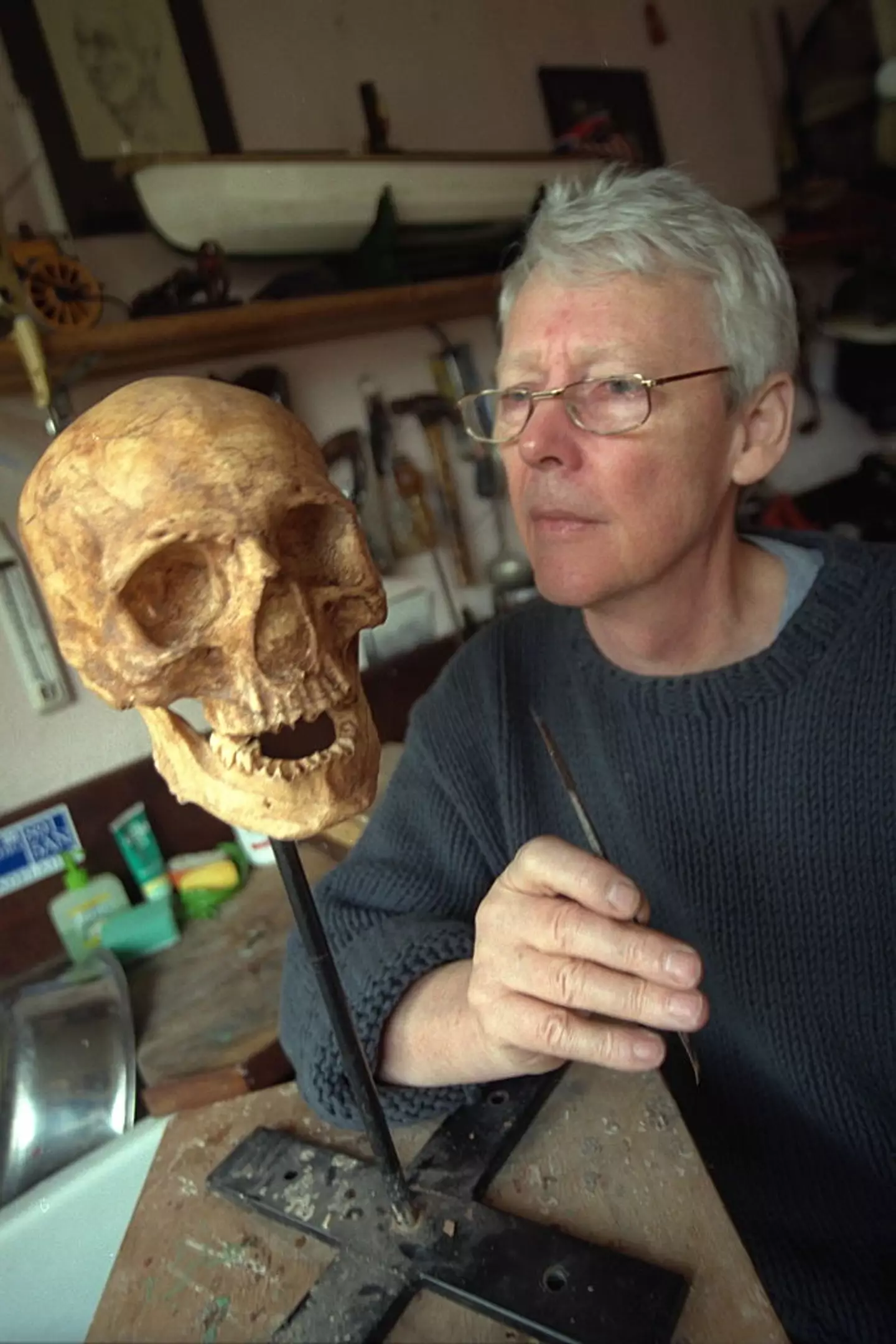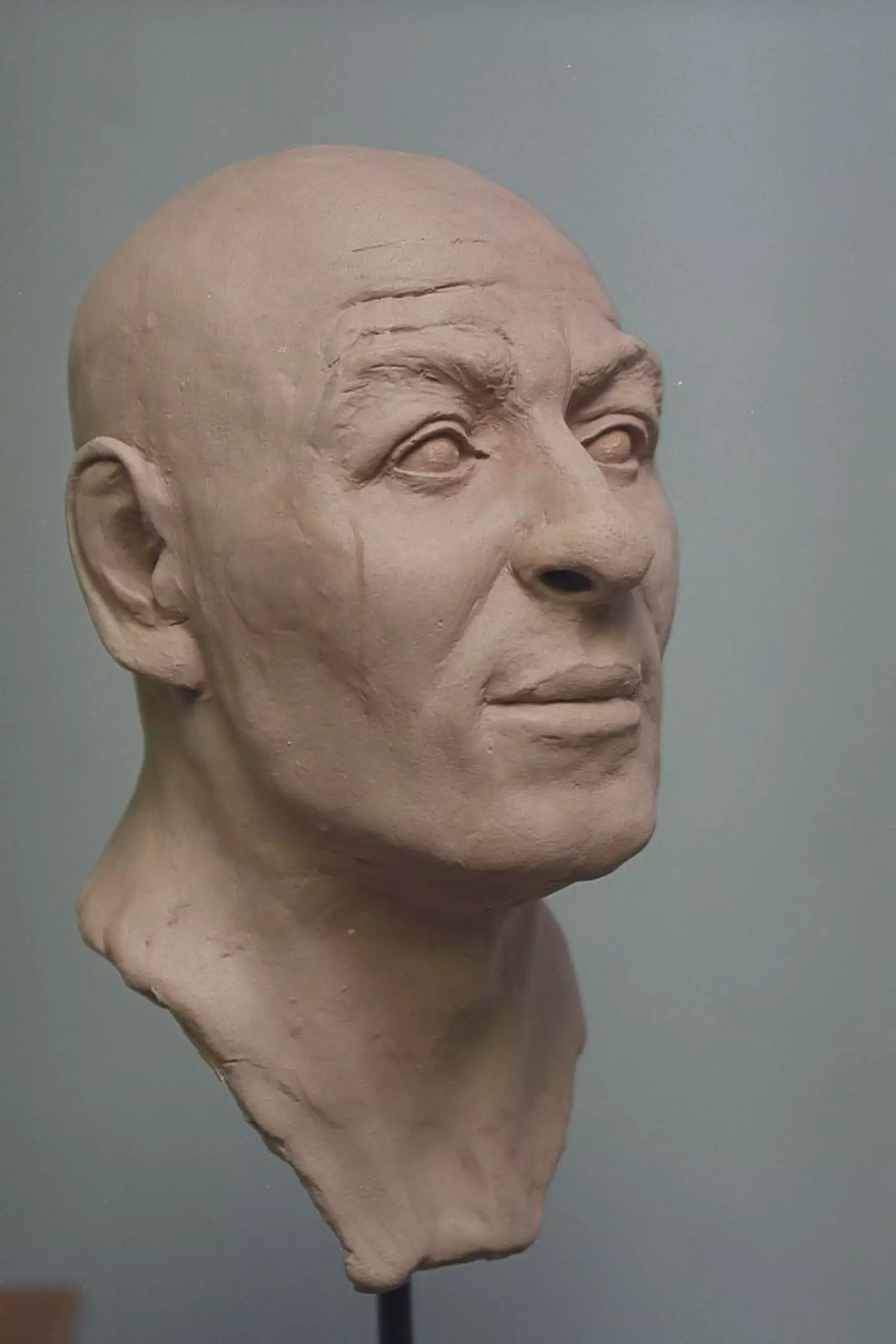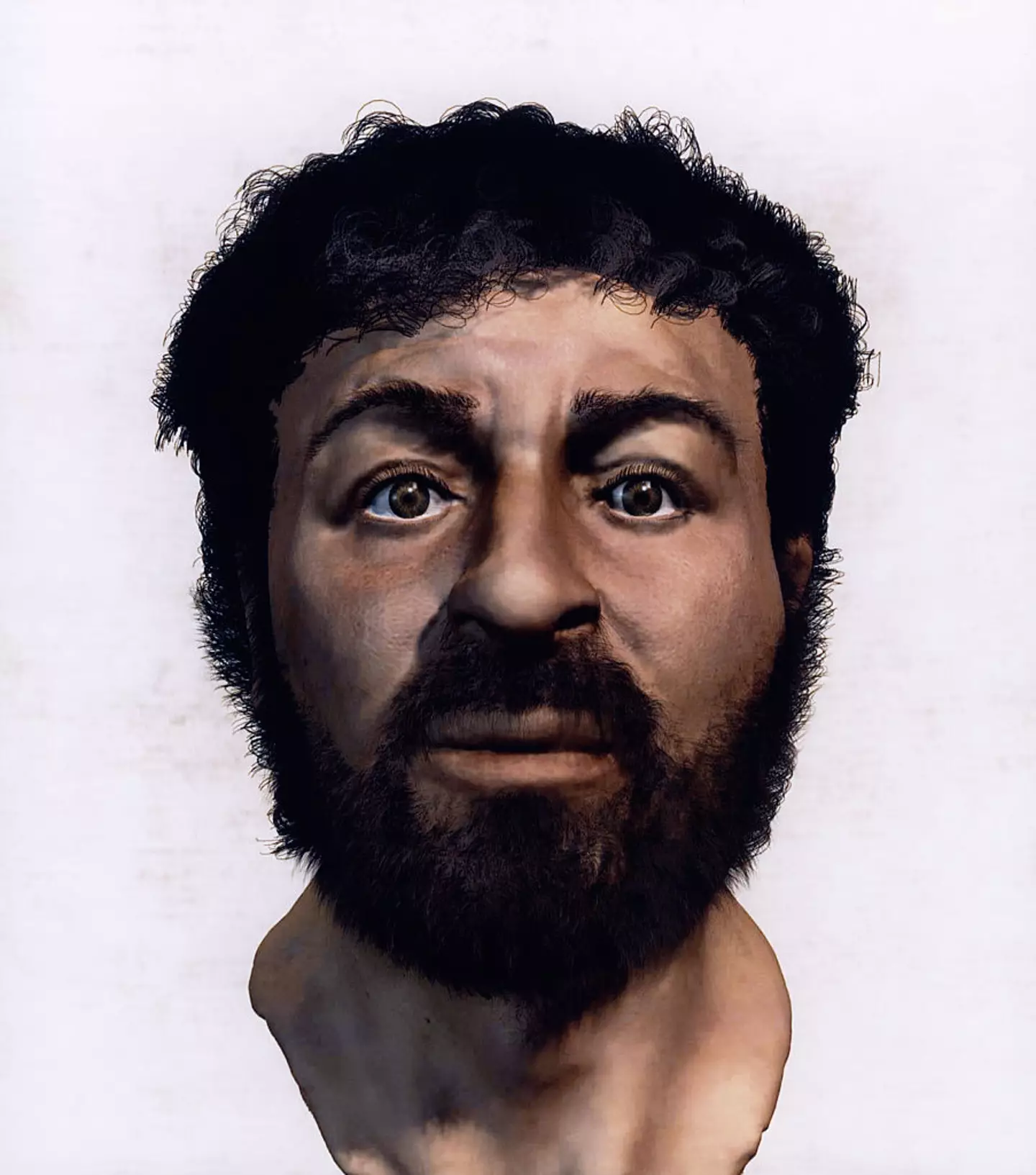For centuries, people around the world have imagined Jesus Christ in vastly different ways — images shaped by culture, tradition, and art. But a groundbreaking scientific development might bring us closer than ever to understanding what he actually looked like.
Using advanced forensic anthropology techniques, British scientists, in collaboration with Israeli archaeologists, have reconstructed a realistic image of Jesus’ face. This reconstruction challenges the familiar Western portrayals and offers a more historically and geographically accurate depiction.
Back in 2002, Carlos F. Cardoza-Orlandi, associate professor of world Christianity at Columbia Theological Seminary, told Popular Mechanics that perceptions of Jesus vary widely across cultures: “While Western imagery is dominant, in other parts of the world he is often shown as Black, Arab, or Hispanic.”
Now, alongside this scientific revelation, an ancient text excluded from the Bible has surfaced — one that significantly reframes Jesus’ message. Together, these discoveries may upend long-held assumptions and reshape how the world sees the Son of God.

Facial reconstruction specialist Richard Neave examines a cast of the Jerusalem skull that he used to build up a 3D picture of the face of Jesus (Bob Collier/Sygma/Sygma via Getty Images)
Using knowledge of the study of primate and human evolution, and the study of skeletons, retired medical artist Richard Neave, of the University of Manchester, England, reconstructed what he and his peers believe is the most accurate depiction of Jesus.
Gathering skulls from around the same era and place as Jesus used to live and preach 2,000 years ago, Neave put them through a computerized tomography.
The process created an x-ray of the skulls that detailed even the most minute details on them, before Neave put it through a high-tech computer program that detailed how thick the skin would have been.
However, the process was unable to identify what kind of hair Jesus had or his eye color.
To determine these, Neave and his team took to various archeological sites that were dated before even the Bible was created – from the 1st century, which suggested Jesus’ eye color was dark and that he also had a beard.
Did Jesus have long hair?

A plaster cast of the face, built up from an original 1st century skull (Bob Collier/Sygma/Sygma via Getty Images)
In the Bible, there is a line from the Gospel of Paul which read: “If a man has long hair, it is a disgrace to him.”
The scientists’ thinking is that Paul would not have written that if his Lord did.
Although, there’s an argument that Jesus donned long hair – with the most logical reason being that the Shroud of Turin, which many believe Jesus was wrapped in after death, had marks resembling an imprint of long hair on it.

Computer-generated image of Jesus Christ, based on the study of the skull of a Jewish man of 1st century. Image devised by Richard Neave who is a specialist in facial reconstruction. (Bob Collier/Sygma/Sygma via Getty Images)
It is something that has long been debated, but most biblical scholars have come to the assumption that the Son of God had short hair with tight curls.
How tall was Jesus?
While archeologists have pinned his height at being around 5ft 1in – which is average compared to others in the area at the time, as well as being 110 pounds.
But with Jesus working as a carpenter it could be argued that he was more muscular than other folks.
After completing his artwork, Neave insisted that the image isn’t exactly that of Jesus, but of someone who would have lived in the area at that time.
Professor of anthropology at the University of California, in Santa Cruz, Alison Galloway gave her expert opinion to Popular Mechanics: “This is probably a lot closer to the truth than the work of many great masters.”


